Deloitte – Simplifying City Management With Data Models and Digital Twins
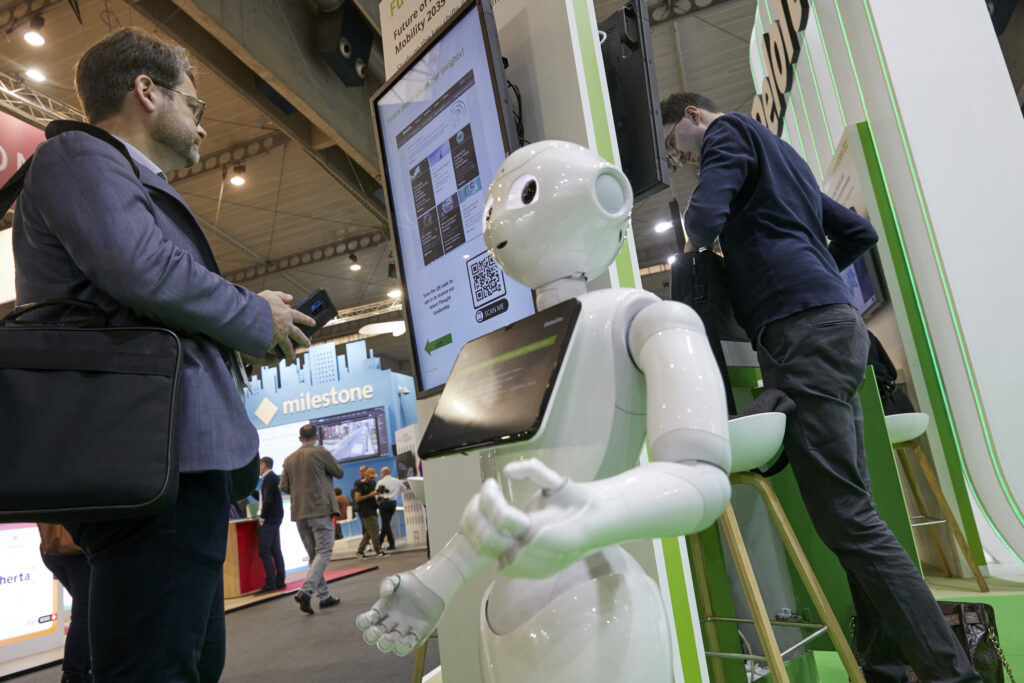
Many cities are facing unprecedented challenges ranging from the economic fallout of the COVID-19 pandemic to climate impacts that are only becoming more frequent and more disastrous. But times of crisis are also the perfect breeding ground for innovation – and cities are now looking for new ways to deal with challenges and improve the lives of their citizens as quickly and efficiently as possible. To discuss some of these new and exciting innovations, we’re joined by Mr. Jean Barroca, Global Public Sector Digital Modernization Leader at Deloitte.
Ron Finley: Gangsta Gardening Spearheading Greener Cities

Known around the world as the Gangsta Gardener, in 2010 Ron Finley set out to reclaim the neglected dirt patches next to the streets by planting fresh produce. After a turf war with the City of Los Angeles for gardening without a permit, he managed to change the law and allow local communities to use parkways as communal gardens. Over ten years later, these gardens have not only grown fresh produce but have also created healthier and more sustainable communities.
Cisco – Industry and Public Sector working together to keep cities connected
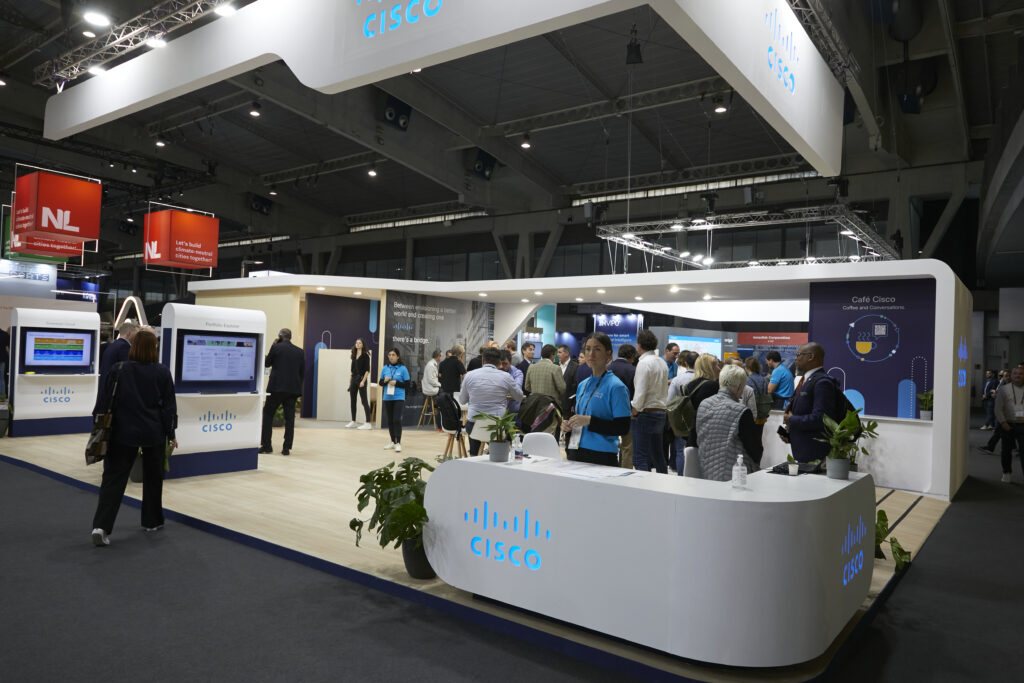
While government and citizen’s lives might develop parallel to each other, it is crucial for communication and access to exist between these two groups. It is only through the interaction and understanding of policies and community concerns that society can target improvements and support. As such, the services provided by companies such as CISCO are crucial for a city’s well-being. To talk with us about how CISCO and city governments have collaborated for the betterment of communities is Gary DePreta, the Area Vice-President for the US Public Sector in State, Local Governments, and Education at CISCO.
What Happened to the New Normal?
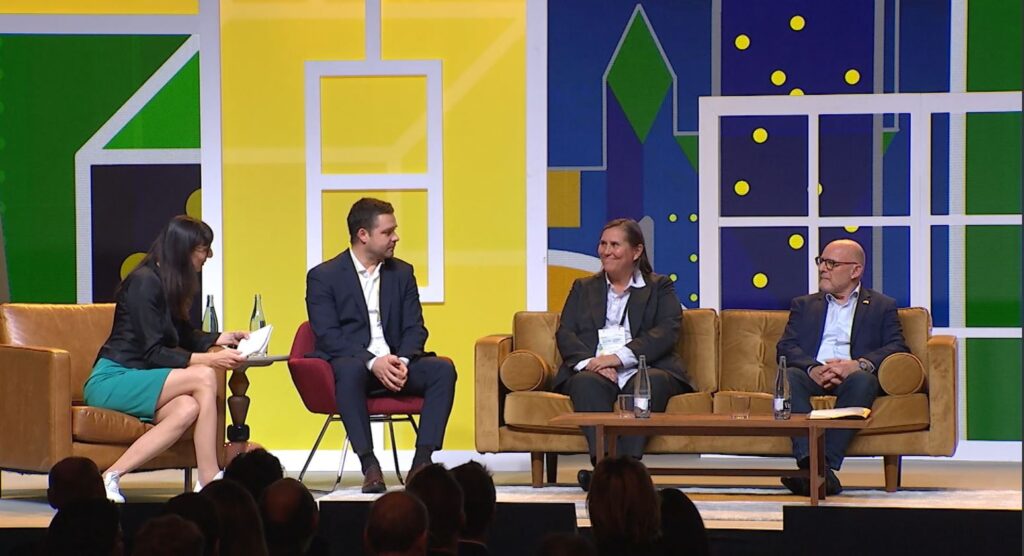
Over the past two years, many have speculated about the post-pandemic world, what will it look like and how will mobility patterns be affected by it? As restrictions have been progressively lifted, the new normal looks very similar to the old status quo, with congestion levels in cities that have bounced back to their pre-pandemic levels. How has this impacted sustainable forms of transport, safety, and mobility regulatory frameworks? Has the mobility behaviour of users changed? What longer-term effects can be expected from the pandemic?
Mikael Colville-Andersen: Techno-Optimism vs Actual Human Needs
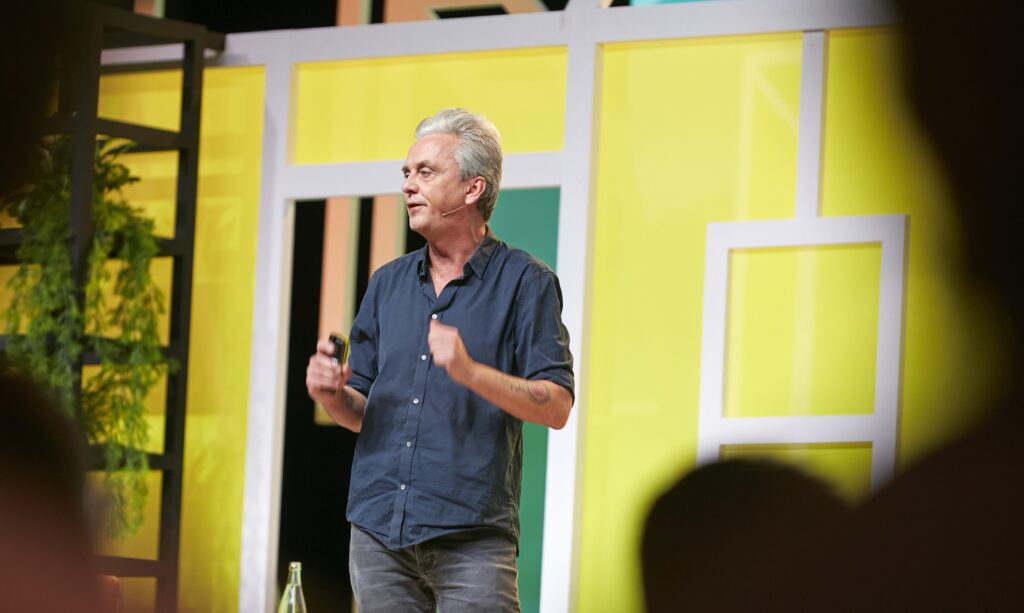
Exploring how our blind obsession with tech and smart cities is not always helpful in urbanism and how we can use tech as a supplement to existing ideas in order to improve mobility and urban life.
Collaborative Governance for a Shared Future
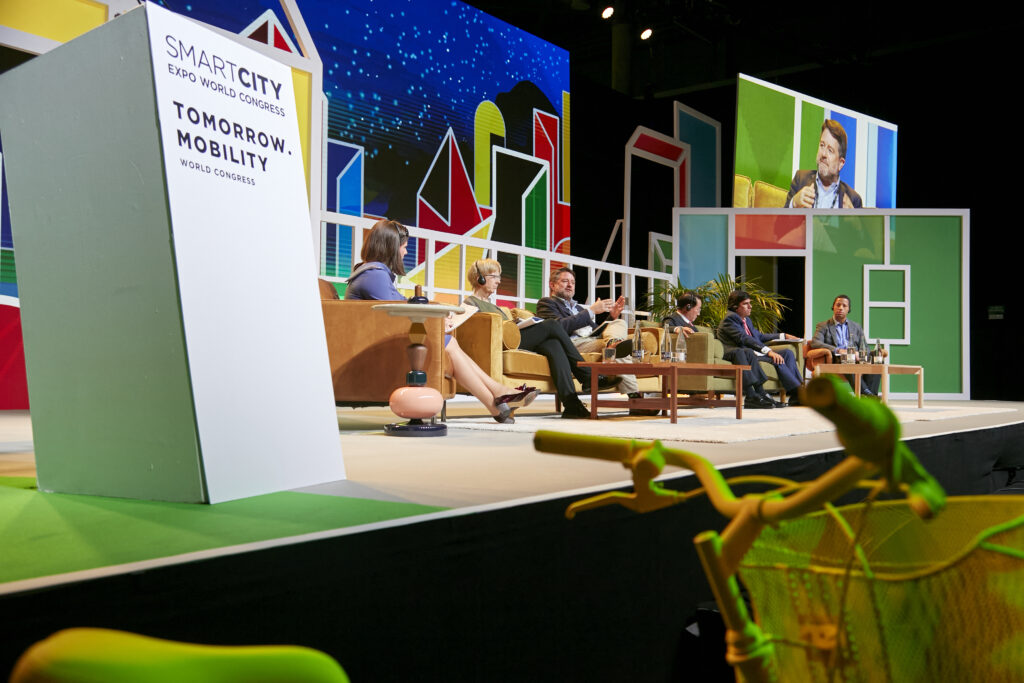
Current global challenges call for rethinking the role of governments and cities in the urban realm. As cities keep working to enhance transparency, effectiveness, accountability, and legitimacy of public policy-making by seizing the opportunities of technological change, how can decision-makers be supported in their task to effectively respond to these challenges? How can local governments improve trust in democratic institutions, as well as integrate collaborative efforts in order to achieve a shared future?
Elizabeth Diller: Urban Catalysts
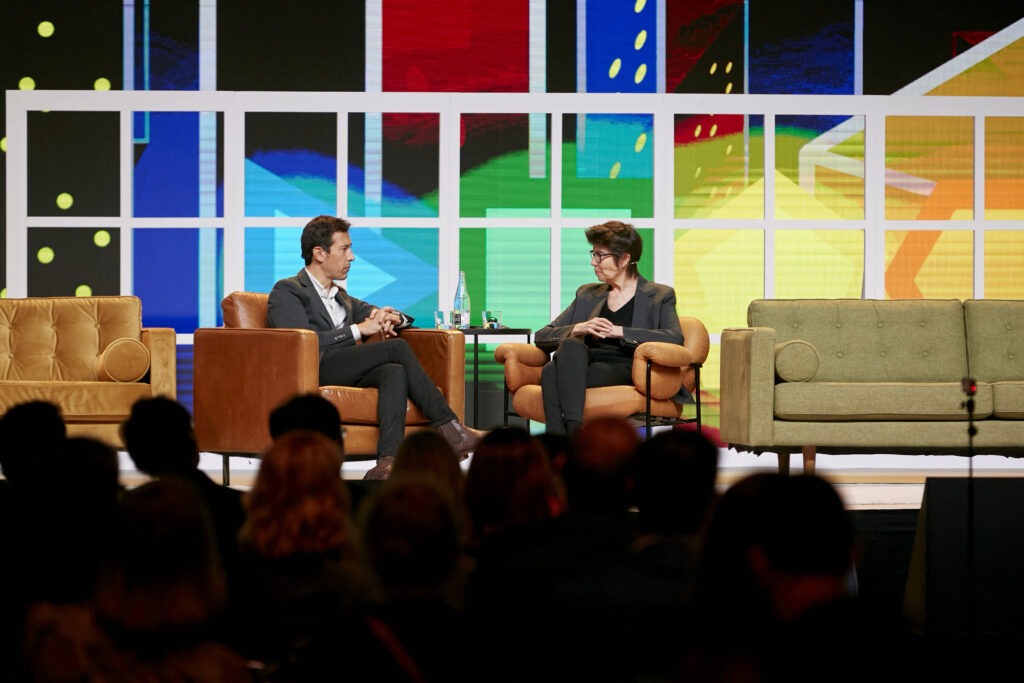
Pipo Serrano in conversation with Elizabeth Diller, whose interdisciplinary design work addresses fundamental issues of our time: the importance of cultural engagement, the utilization of public space, shaping the future of our cities and the environment, and rethinking our institutions in a time of rapid social, political, technological and environmental change.
Microsoft – Empowering Governments to Deliver Experiences for their Citizens
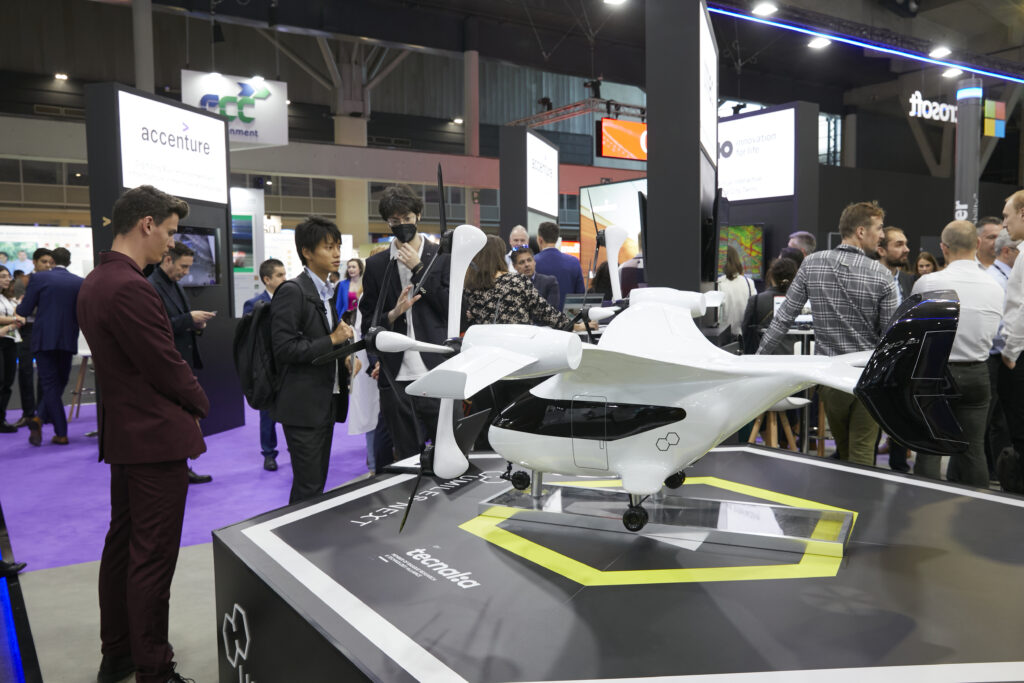
Infrastructure is a key building block with which a city is composed. Without an emphasis on resilient and modern infrastructure, cities will struggle to lift other sectors of their communities. As such, the future of infrastructure will prove to be key towards the progress that Smart Cities make in the future.
Cities Made for Citizens’ Needs
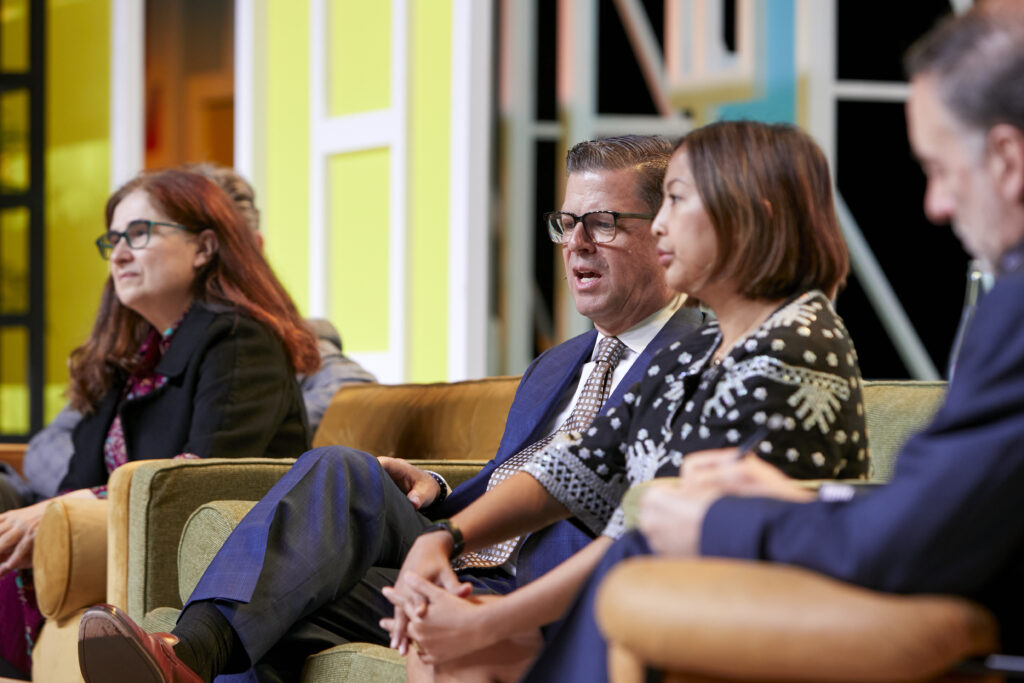
During the last years, cities have seen rapid shifts to virtual and remote work, new partnerships across ecosystems, and unprecedented levels of adaptability.
Sandra Baer, SmartCitiesWorld | City Branding, Social Inclusion & Digital Technology Investments

Sandra Baer is focused on city branding, social inclusion, and the acceleration of digital technology investments that shape a city’s future.